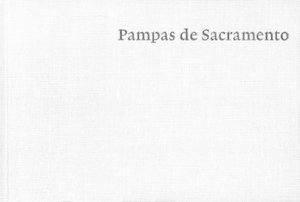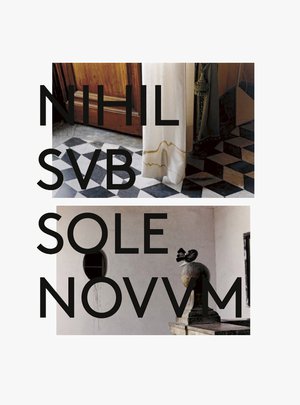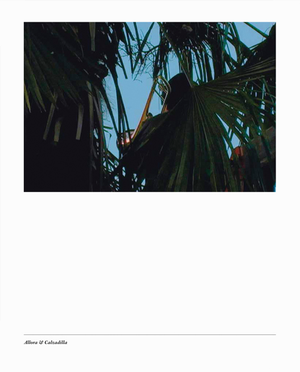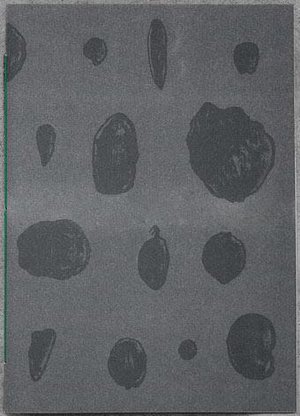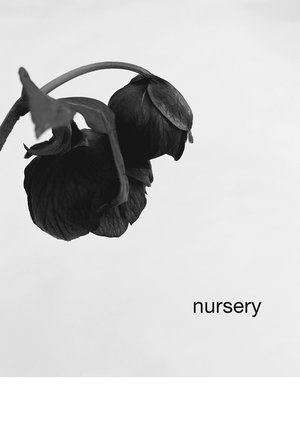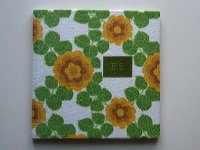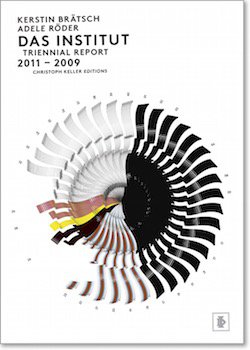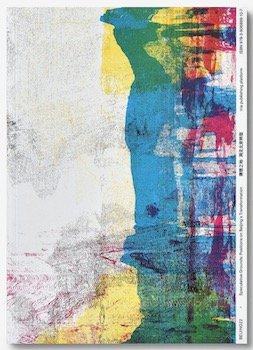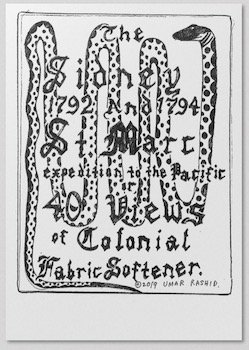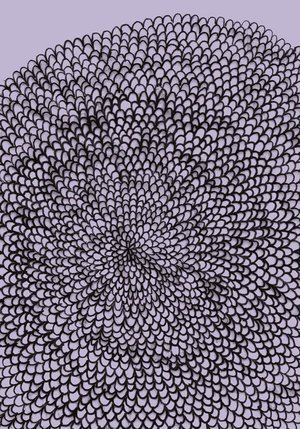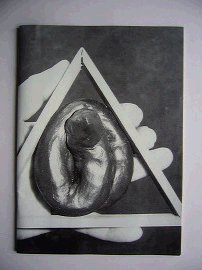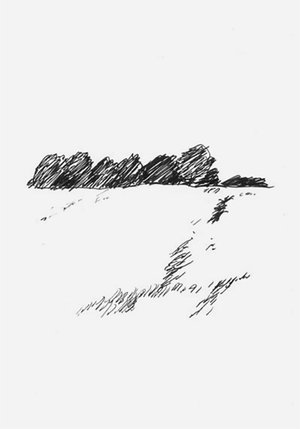Notes
400 illustrations in colour, Japanese binding, perforated, softcover with dust jacket
Publisher Note
In 1707, Nicolas Bion patented his “plume sans fin” in Paris. This was a forerunner of today’s fountain pen, which, unlike the goose quill used at the time, had the inkwell integrated into the barrel, as it were. This avoided the need for ink to be added and made the pen lighter and more suitable for travel.
All the drawings in this book are made with a Pelikan fountain pen, a late successor to the Plume sans Fin, and a corresponding ink.
All sheets have the same format and identical paper quality. The material conditions do not change throughout the collection. All differences are created by the movement and posture of the pen.
In the beginning there is no intent, no figurative intention. Just a gesture. The first contact of the pen tip with the page is followed by a series of quickly made decisions that determine how quickly the line is drawn out, with what course of pressure, where it ends and where the next stroke is applied. The line is perhaps repeated, slightly shifted, condensed into a web that exists only on this sheet and yet is perhaps reminiscent of something outside. So that a peculiar connection is created between the phenomena of the living world and the minimal movements of the hand, the “gestes pittoresques”, which, precisely because they happen “unintentionally”, one would like to impute a hidden foundation that is revealed with the drawing.
In sum, the sheets tell of the expressive possibilities of the pen, of drawing as a craft. This claim requires a certain fullness: thus, whole lines of development are made visible and all drawings are equally integrated in the block of the book. But the reader is invited to make his or her own selection, as the sheets are separated from each other by perforations and can easily be detached from the book. It is therefore possible that they will be sent as a card, coloured in by the child, hung on the wall or used in a new arrangement as a teaching aid.
It is surprising that new phenomena emerge from this play with possibilities after all these centuries of drawing. And in this respect, this book brings together a knowledge of the line that is here somewhat generously and consciously leaning towards the 19th century, called encyclopaedic.
An encyclopaedia of feather lines that, when you leaf through the collection from beginning to end, unexpectedly doubles. At the very end, the book switches from French to Japanese and, when read in the other direction, begins anew, as it were. In fact, this reversal in the sequence alone plays an important role in the viewing of the drawings.
But it is not only in this way that the otherwise strict linearity of the medium of the book is dissolved: the pages are not cut open and can be separated out as a sheet along a perforation in the binding, so that four new drawings move together that previously stood back to back. The pre-punched tear lines also encompass each individual drawing, an invitation, as it were, to tear them out and hang them on the fridge door, colour them in with felt-tip pens or send them to friends. Or to integrate them into completely new sequences and groups up to the absolute counterpart of the linear text – a simultaneous overall view of all drawings.
| Publisher | |
|---|---|
| Release Place | Zurich, Switzerland |
| Release Date | 2022 |
| Credits |
Author:
Designer:
Artist:
|
| Printrun | 500 |
| Identifiers |
ISBN-13:
978-3-03746-252-2
|
| Object | |
|---|---|
| Dimensions | 20.5 × 27.0 cm |
| Interior | |
|---|---|
| Pages | 416 |
| Technique | Offset Printing |

